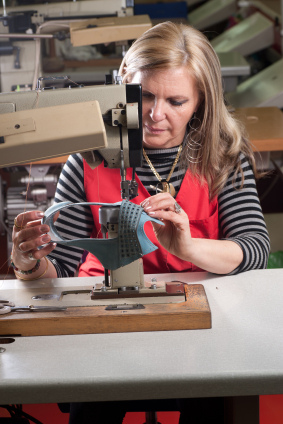Coping In A Heatwave
 I remember the year of 1976 very well. It was the year I did my O levels. Air conditioning units were almost unheard of in this country, even in businesses. The air was so still that windows and doors were thrown open to try and create a draught; a national hosepipe ban was introduced; gardens turned brown and domestic water was rationed. Some of us still tut and reminisce, “phew do you remember the year of “76” almost 40 years on!
I remember the year of 1976 very well. It was the year I did my O levels. Air conditioning units were almost unheard of in this country, even in businesses. The air was so still that windows and doors were thrown open to try and create a draught; a national hosepipe ban was introduced; gardens turned brown and domestic water was rationed. Some of us still tut and reminisce, “phew do you remember the year of “76” almost 40 years on!
2012 will be a year to remember too. Monsoon weather with severe flooding; numerous events cancelled; the Queen’s Diamond Jubilee celebrated in torrential rain and the year that Great Britain hosted the Olympics. As I write, the weather is still looking unsettled for the first part of the Olympics, but I live in hope that it will improve.
Heat affects many different types of work activities. The obvious ones are construction and gardening, but indoor occupations, such as kitchen staff and production workers can be affected too.
When I first started work, I was a production manager with Courtaulds. If my memory serves me right (and I have photographs to confirm it), we had blissfully hot summers and winters of heavy snow with arching drifts that you could drive your car under. As a production manager in a clothing factory the summer temperatures were an issue. The machinists sat in long rows with heat-generating sewing machines in front of them, behind them and to either side too. They were surrounded by bundles of fabric and the still air glistened with the fabric dust. Industrial fans helped to circulate the air and the warehouse doors were propped open. The roofs didn’t provide insulation; there was no air-conditioning so the heat was stifling. They would get heat blisters from sweating and the risk of falling asleep at the machine in the afternoon was high; but they were on piece rate, so if they didn’t keep up production, they didn’t ‘earn their money’, (their expected wages). And if they couldn’t work because of injury or ill health, they didn’t get paid.
The only way to keep things going was to allow regular breaks every hour. We provided them with cold drinks and occasionally, ice-lollies.
Although many manufacturing places have now closed and those types of working conditions are less common, they still exist. Increased awareness of the effect of heat and cold on working conditions, good management practice, and better facilities to be able to deal with temperatures has reduced the risks.
For more information, click on our factsheet, health and safety in a heatwave.
